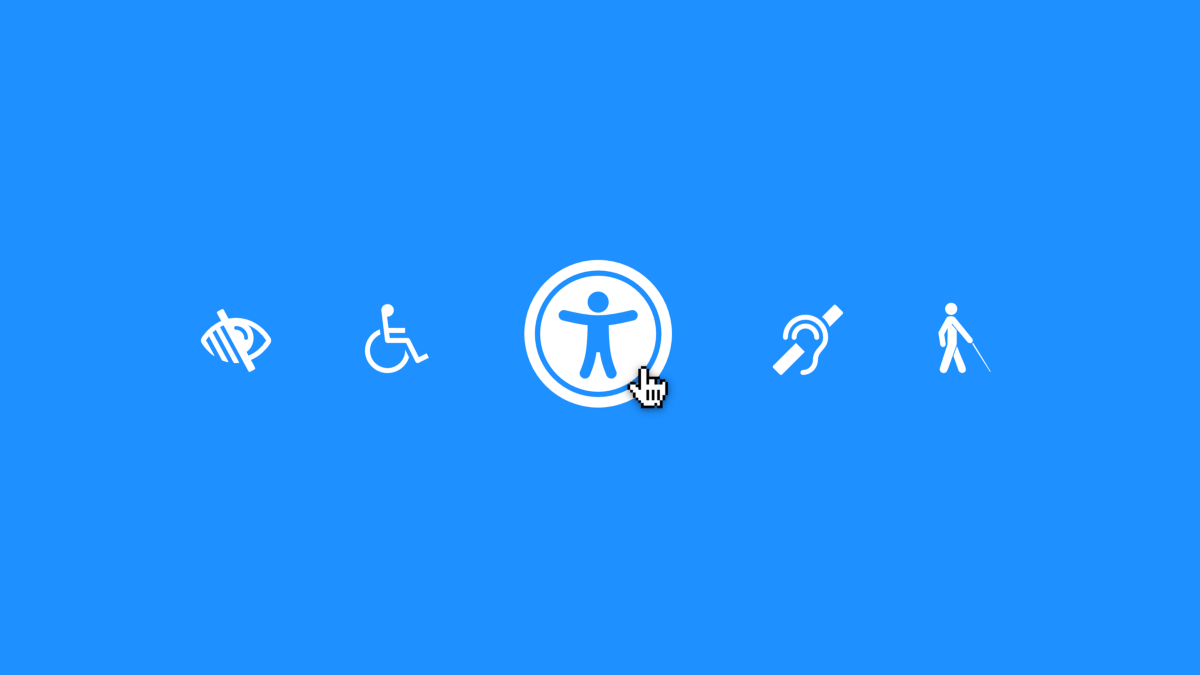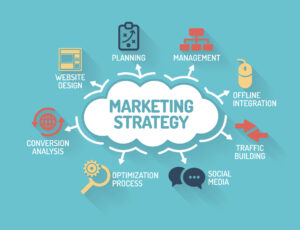
When you build websites on content management systems, you can now see many built-in tools and features to ensure compatibility with accessibility needs. Web accessibility and website compliance with the ADA regulations are the talks of the town among the web designers and developers. There are many things to consider while assuring accessibility, and in this article, we will discuss a few such essentials.
How to start with accessibility compliance – AccessiBe
Accessibility Is not a difficult thing to achieve if you know its fundamental principles. ADA compliance means the website should be inferable to the people’s disabilities and should be compliant with the requirements of the standard screen readers and other assistive technologies. AccessiBe suggests these accessibility compliance guidelines to keep in mind while building websites.
- Content
While developing web page content, email messages, marketing content, social media content, etc., it is important to make sure that all these contents are made accessible to people with various disabilities such as visual impairment, hearing difficulties, growing motor symptoms, and cognitive impairment. There are various guidelines and WCAG standards to be compliant with the accessibility needs of various disabilities.
- Structure
As discussed above, to ensure accessibility, the websites needed to be built with the requirements of screen readers and assistive technologies to interpret the content. For this, you need to follow the HTML structure properly. Usage of headers, alt text, tags, etc., is very important. The main heading of the page should be under the <H1> tag and then subsequent headings under <H2>, <H3>, etc., in order to ensure that the screen readers can interpret it well. The screen readers can easily follow the content’s built-in proper structure.
- Readability
The content on the page, including text, alt text for images and graphics, etc., must be easily readable for all with disabilities. Ensuring readability also makes the content easy to be scanned by the readers and the screen readers. Also, try to make the sentences short. Do not use any complicated terminology or difficult phrases.
- Link text
While creating links to other pages, never use simply ‘click here or ‘more’ etc. as link text. The links should be descriptive for the disabled users to understand where it leads. Try to make the links more descriptive with text for the users and screen readers to understand what it is meant for.
- Accessible files
If you share PDF, presentation in PowerPoint, or any documents, ensure that these files are made accessible. You can also explore accessibility tools offered by third parties to make accessible files.
As discussed above, you can use the AccessiBe tools to be integrated with the website for making accessible files and features. Along with these, you may also take care of accessible design by making it usable to all, including people with disabilities. Not just for people with disabilities, but being accessible will help your website crawl more effectively by the search engine crawlers to be ranked higher on search results.










